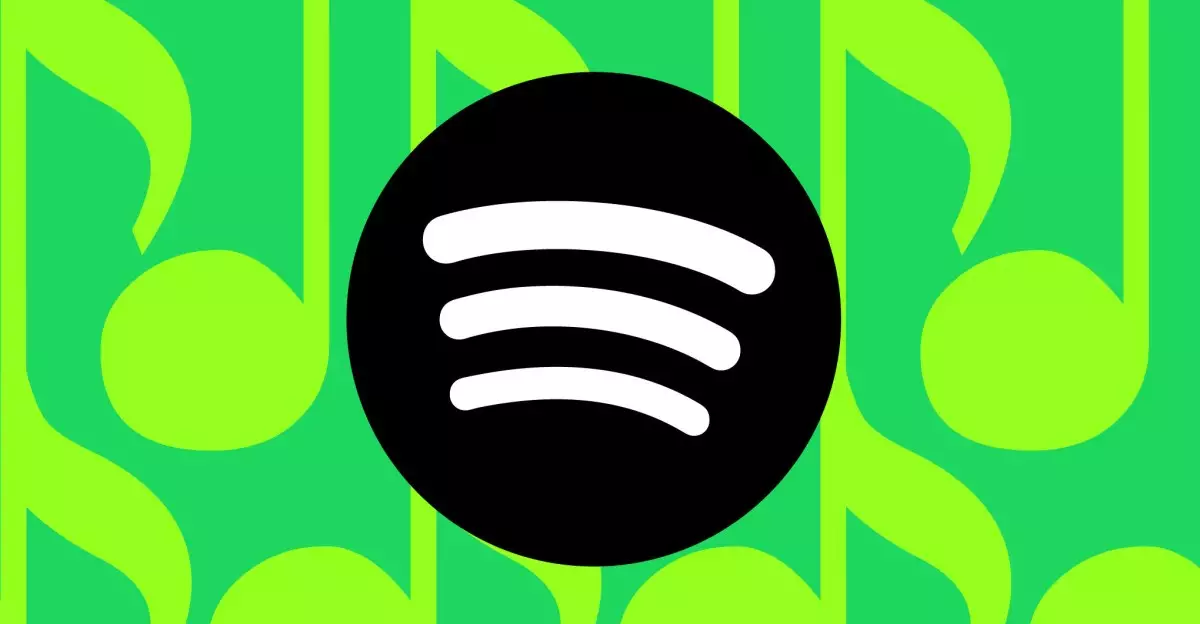As the digital landscape continues to evolve, **Spotify** has found itself at a crossroads with its long-promised **Music Pro** add-on set to launch in **2025**. This forthcoming enhancement, aimed at elevating the listening experience, has garnered interest and skepticism alike. The streaming giant has struggled with the rollout of its HiFi feature, initially announced over four years ago, which only amplifies the curiosity surrounding Music Pro’s potential.
It’s hard not to express skepticism when reflecting on Spotify’s rocky journey to releasing its **HiFi feature**. First announced in **February 2021**, it was positioned as the premium upgrade for audiophiles seeking lossless audio quality. It was expected to be available by the end of that year. Yet, as time has passed, Spotify has remained relatively silent about HiFi, leaving users scratching their heads. In a world where competitors like **Apple Music** and **Amazon** swiftly adopted high-resolution audio without any additional charges, Spotify’s caution took a toll.
The delay raises critical questions: What exactly is holding back Spotify? Many speculate that the underlying issue revolves around securing the appropriate rights from major music labels. Recent reports indicate that Spotify lacks licensing agreements necessary to support its ambitious plans fully. However, the reasoning appears more complex. The reality is, while audiophiles might rejoice at the thought of higher-bitrate music, the average listener may not perceive a significant difference unless they are equipped with high-end audio gear. This discrepancy could render the HiFi offering less appealing to a broad audience.
Acknowledging these hurdles, Spotify seems poised to pivot its original strategy with the introduction of **Music Pro**. This broader package appears designed to enhance user experiences beyond audio quality. As the landscape of music streaming becomes increasingly competitive, Spotify’s efforts reflect a response to a market craving not only higher fidelity but also supplementary features.
Details on what Music Pro will entail remain sparse, but various reports hint at exciting possibilities. For instance, early ticket access for concerts, DJ remixing tools, and personalized streaming options based on specific headphones or earbuds could elevate the value for subscribers. Moreover, including interactive elements such as **karaoke**—already utilized by Apple Music—could enhance customer engagement. It signifies Spotify’s ambition to move beyond merely being a music library, aiming to create a holistic and interactive music platform.
Spotify’s Chief Executive Officer, **Daniel Ek**, has solicited interest surrounding this forthcoming tier, repeatedly emphasizing that it will offer “all of the benefits of the regular Spotify version, but with a lot more control” and superior quality. With ongoing discussions about Music Pro and its anticipated rollout in phases across **2025**, the excitement is palpable. The planning suggests adaptability; Spotify seems willing to experiment with new features based on user feedback, which could be key to its success.
In an age where musicians and labels crave innovative avenues for reaching audiences, Spotify’s advancements could create new revenue streams. As Ek remarks, Spotify intends to “double down on music” in the next few years, reaffirming their commitment to music as a core element of their business.
As speculation mounts regarding the costs associated with Music Pro, analysts expect an additional monthly fee of **$5 to $6** atop the existing **$11.99** for Premium subscribers. While this may initially sound steep, the potential for added value could make it a worthwhile investment for dedicated fans.
My own experience with streaming services has led me to shift away from Spotify for the moment, favoring Apple Music for its straightforward quality offerings. Nevertheless, the continuous momentum of Spotify’s marketing and feature development has the potential to sway subscribers back into their ecosystem. Music Pro might just be the driver it needs to ensure user retention and attract new listeners.
The buildup surrounding Spotify’s Music Pro represents more than just an upgrade in audio technology; it reflects a shifting narrative in the music streaming industry. While the extended timeline evokes skepticism, there’s also a sense of cautious optimism. If Spotify successfully capitalizes on user interest and curates an enticing array of features, it could reshape not only its platform but also the broader landscape of streaming services. The anticipation continues, and as associated announcements approach, listeners everywhere will be watching the developments unfold.

